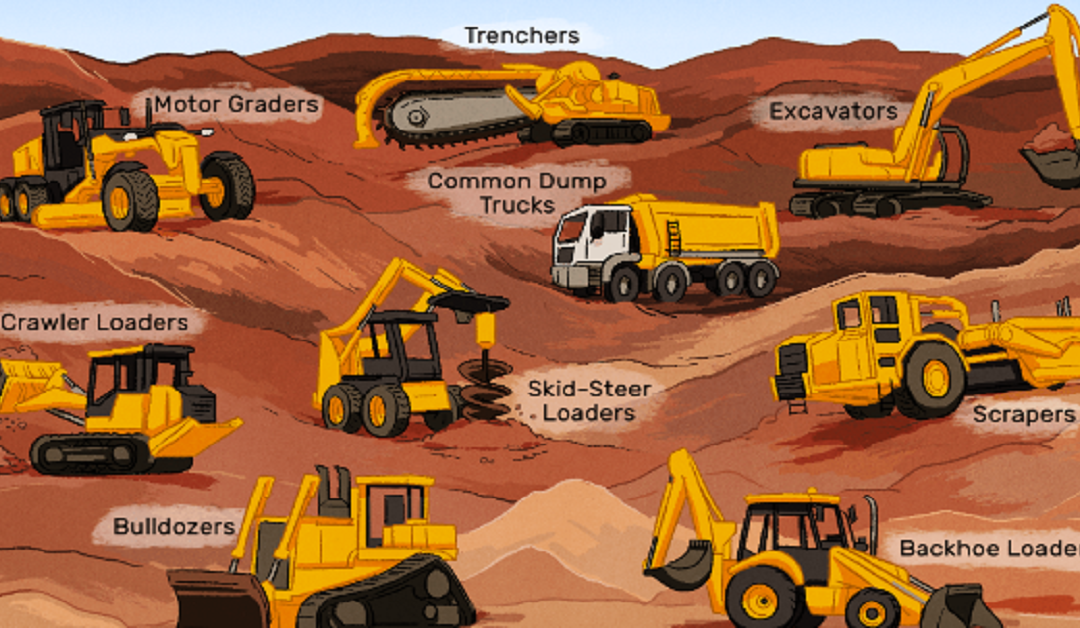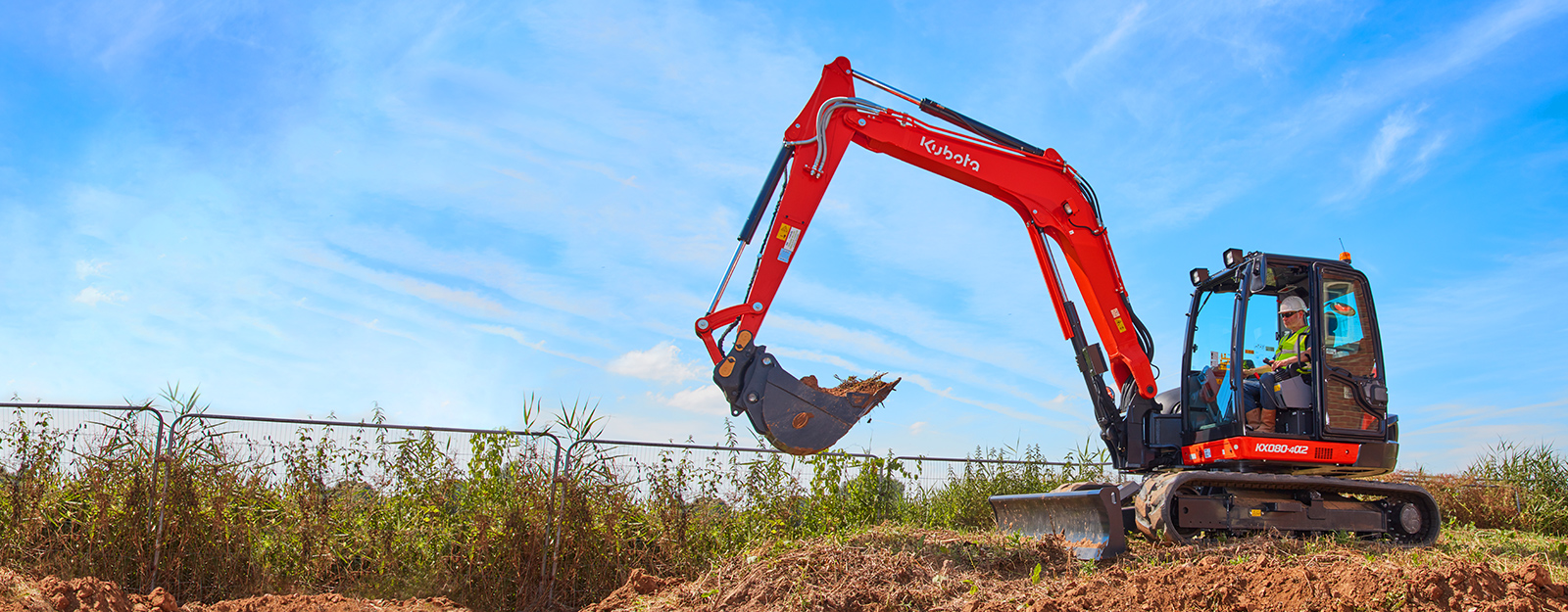Discover the Best Rental Company Near Me for Equipment
Discover the Best Rental Company Near Me for Equipment
Blog Article
Leasing Vs. Acquiring Construction Tools: Making the Right Choice for Your Task
When getting started on a building and construction project, one of the crucial decisions that forecast stakeholders and supervisors deal with is whether to lease or purchase construction tools. The decision hinges on numerous aspects such as cost factors to consider, job period, devices maintenance, scalability, versatility, and threat management.
Expense Considerations
When reviewing the financial facet of acquiring versus renting out building devices, the in advance costs and lasting costs have to be thoroughly considered. Leasing devices usually requires reduced preliminary settlements compared to acquiring, making it an attractive choice for short-term tasks or service providers with budget constraints. Leasing eliminates the demand for large resources expenses and reduces the financial risk connected with tools ownership, such as maintenance and depreciation expenses. Nonetheless, in the long run, constantly renting out equipment can gather greater prices than buying, especially for prolonged projects.
On the other hand, getting building and construction tools involves greater in advance prices however can result in lasting financial savings, specifically for long-lasting projects or constant users. Eventually, the decision between renting out and acquiring building devices pivots on the job's period, frequency of usage, budget considerations, and long-lasting financial objectives.
Job Duration

Alternatively, for lasting projects or continuous building job, buying devices can be the more affordable option. Purchasing devices can result in cost financial savings in the long run, particularly if the equipment will be frequently made use of. Additionally, having tools gives a sense of control over its availability and permits modification to fit details project needs.

Devices Upkeep
Provided the critical duty job duration plays in determining the most cost-effective approach between leasing and buying building and construction tools, the emphasis now shifts towards taking a look at the vital aspect of devices upkeep. On the other hand, possessing equipment needs a positive technique to upkeep to protect against breakdowns, make sure security, and extend the equipment's lifespan. Inevitably, a well-kept construction devices fleet, whether rented or had, is essential for the successful and effective completion of building projects.
Versatility and Scalability
In the realm of building devices administration, the element of flexibility and scalability holds significant value for task performance and source application. Deciding to rent out building devices supplies a high degree of adaptability as it permits for the fast change of tools kinds and amounts based on the developing needs of a task.
In addition, scalability, one more crucial variable, is inherently connected to flexibility. Leasing building tools uses the advantage of conveniently scaling procedures up or down as project demands rise and fall. Professionals can quickly include or exchange devices to match the job's transforming demands without the restrictions of possessing assets that may come to be underutilized or out-of-date. This ability to scale sources efficiently can cause cost savings and enhanced task timelines, making leasing a favorable alternative for tasks requiring versatility and responsive resource appropriation.
Risk Management
Reliable risk administration in building equipment procedures is extremely important to ensuring job success and mitigating potential economic losses. Building jobs inherently entail numerous dangers, such as equipment breakdowns, mishaps, and project hold-ups, which can significantly influence the task timeline and equipment rental company budget plan. By carefully taking into consideration the dangers connected with owning or renting building and construction devices, project managers can make enlightened decisions to decrease these potential dangers.
Renting building and construction equipment can supply a level of risk mitigation by transferring the obligation of repair and maintenance to the rental business. This can decrease the financial worry on the task proprietor in situation of unexpected equipment failures (boom lift rental). Additionally, renting out provides the flexibility to accessibility specialized equipment for details task stages, minimizing the threat of owning underutilized equipment
On the other hand, having building and construction devices provides a feeling of control over its use and upkeep. Nonetheless, this also indicates bearing the complete obligation for repair services, upkeep expenses, and devaluation, increasing the economic threats connected with devices ownership. Careful risk evaluation and factor to consider of factors such as job period, devices use, and upkeep needs are vital in establishing one of the most ideal option for effective risk monitoring in construction projects.
Conclusion
To conclude, when determining between acquiring and renting construction devices, it is necessary to think about expense, job duration, tools upkeep, danger, scalability, and flexibility management. Each aspect plays a vital function in establishing the most ideal option for the project handy. By meticulously reviewing these elements, project managers can make an enlightened decision that straightens with their budget, timeline, and total task goals.

Report this page